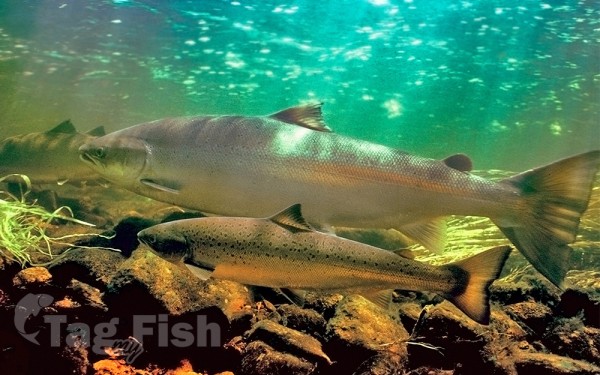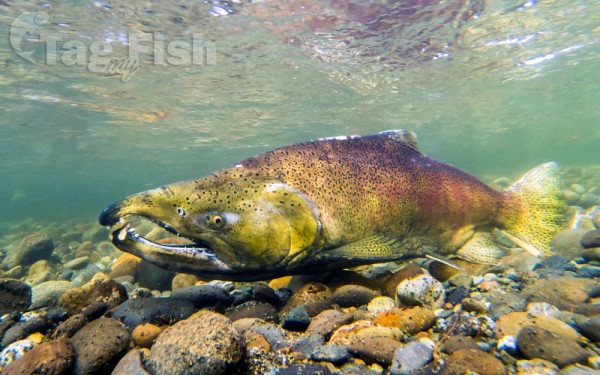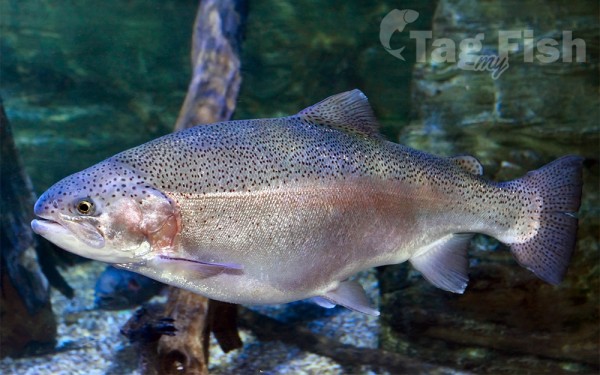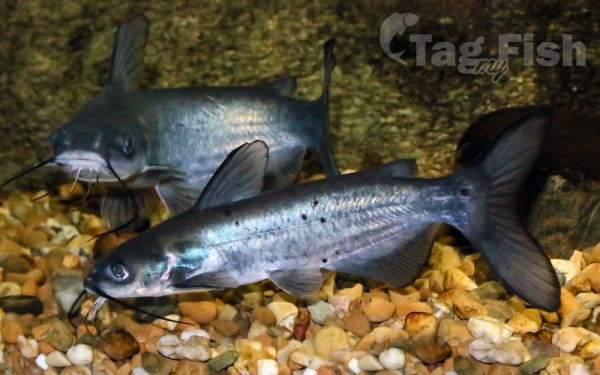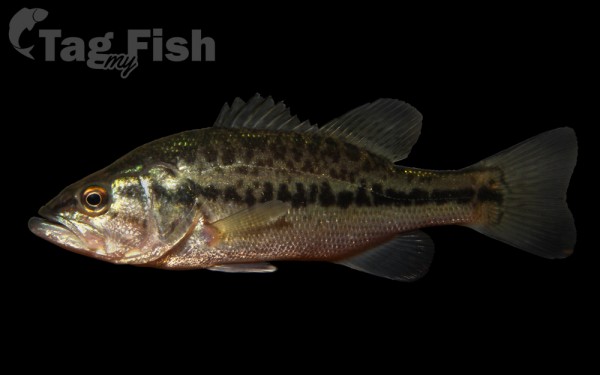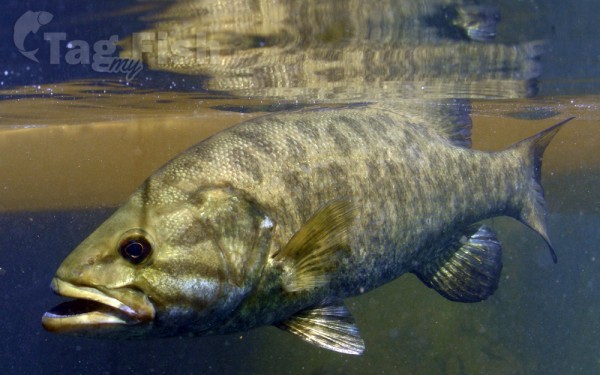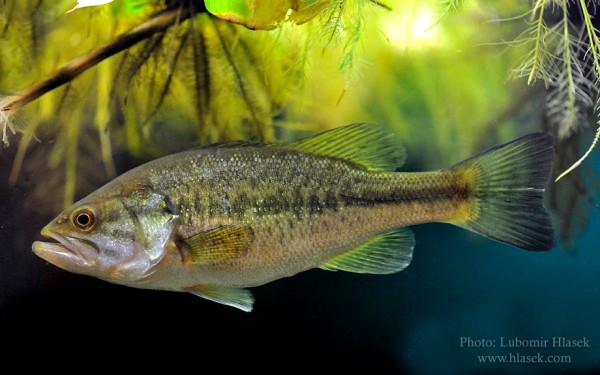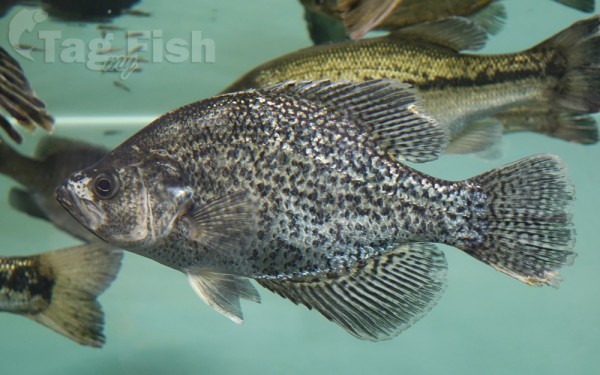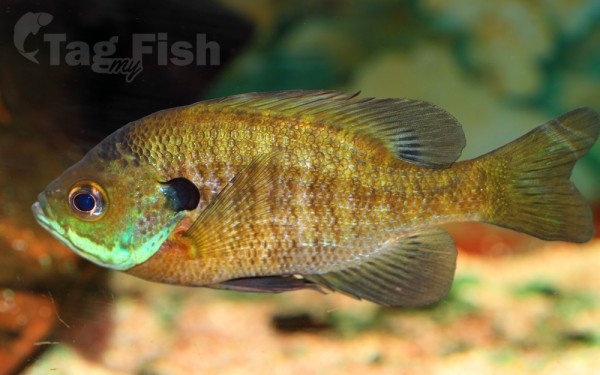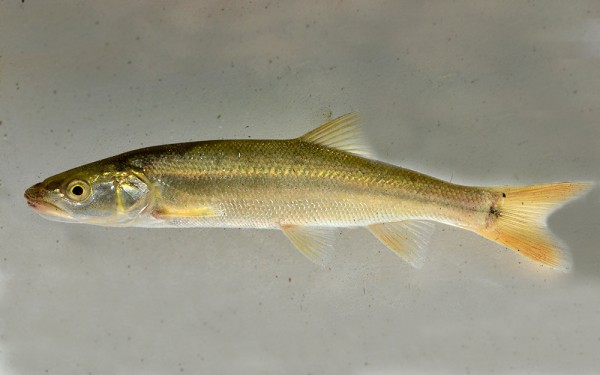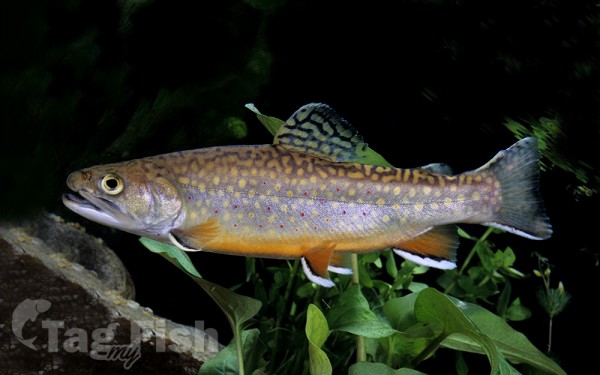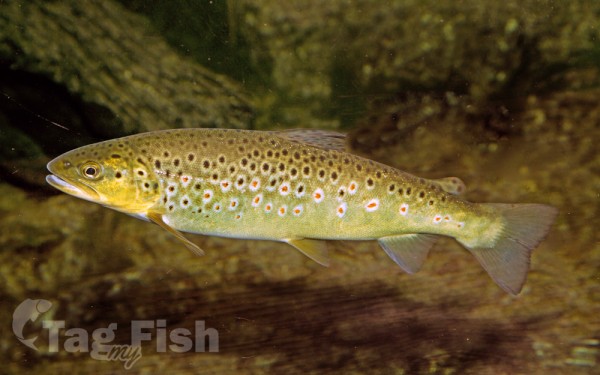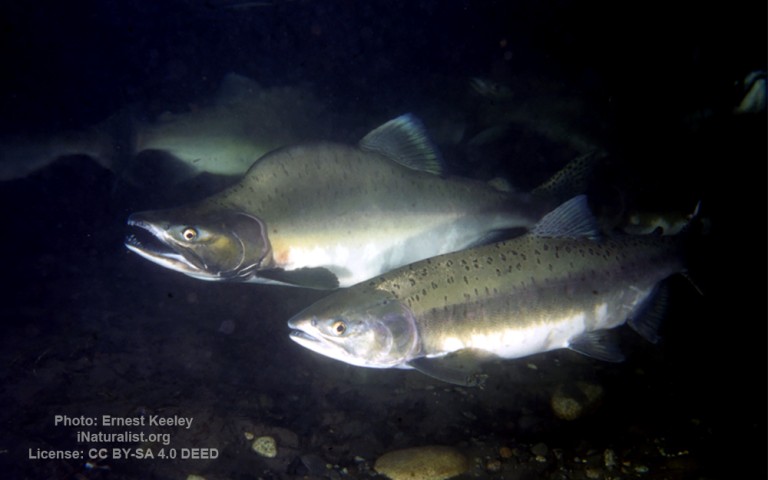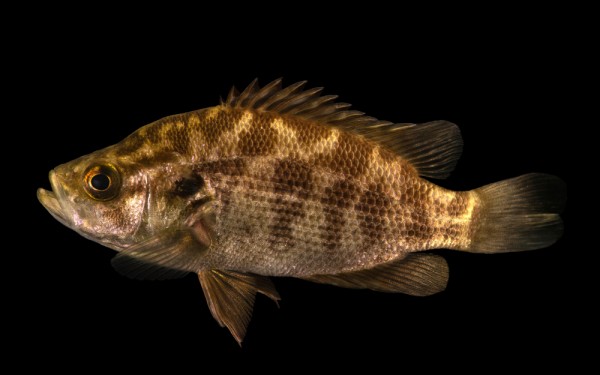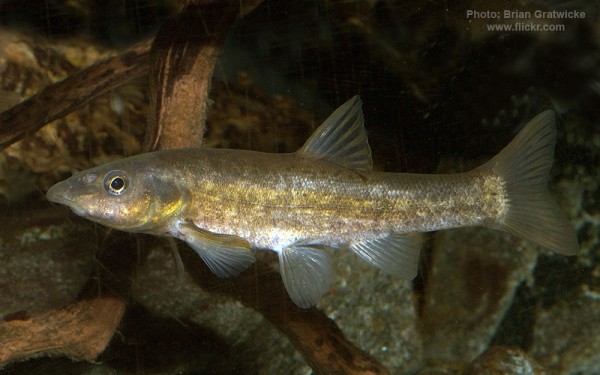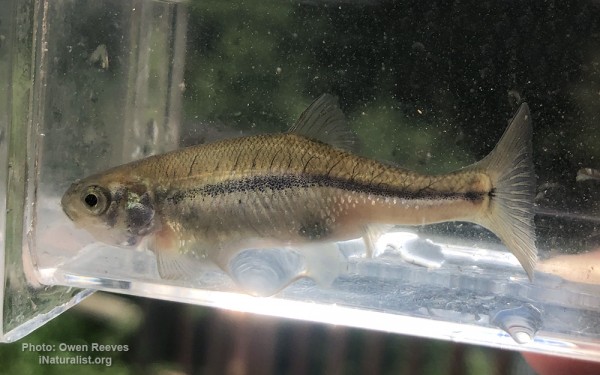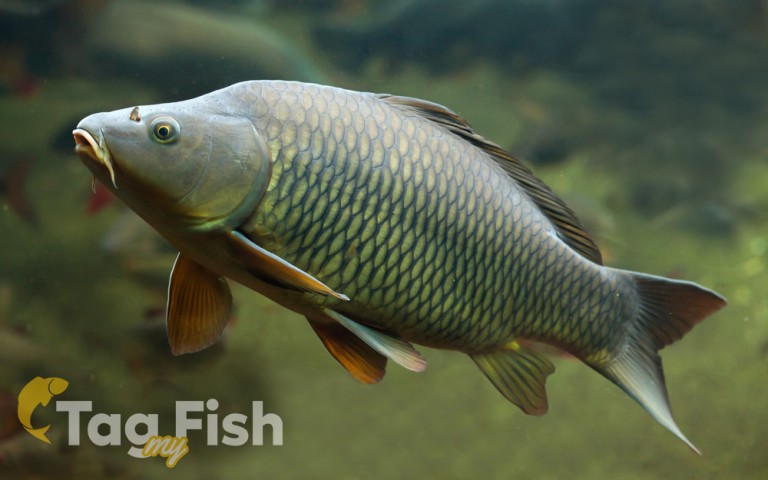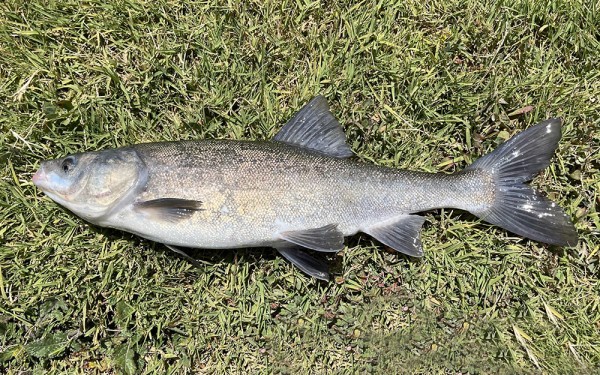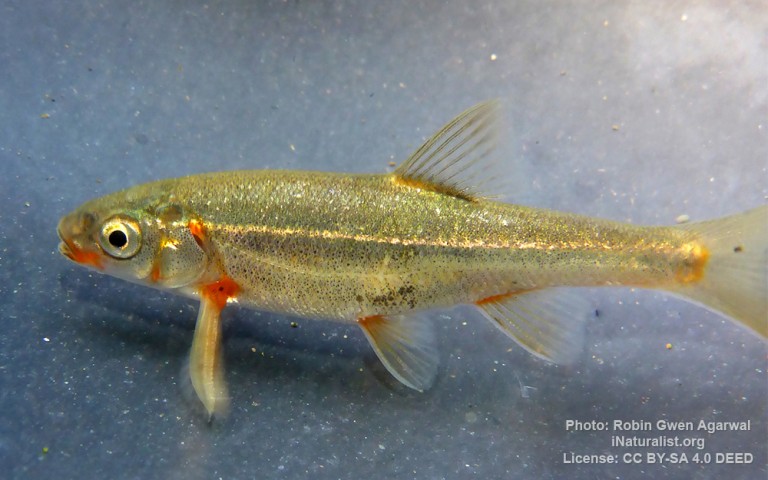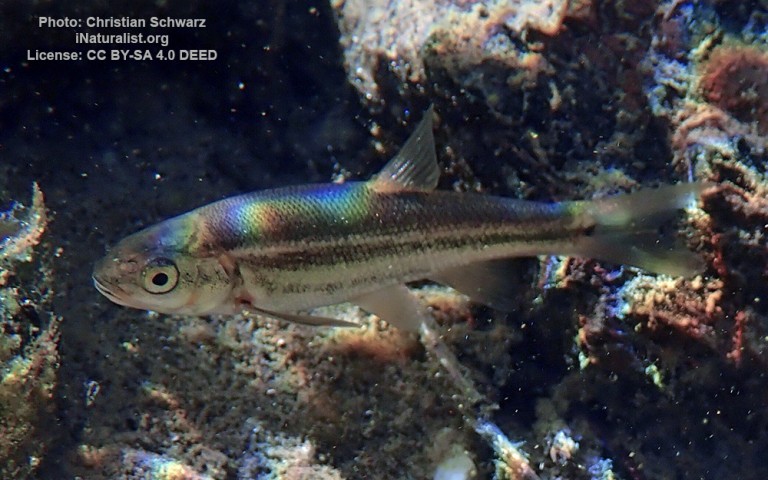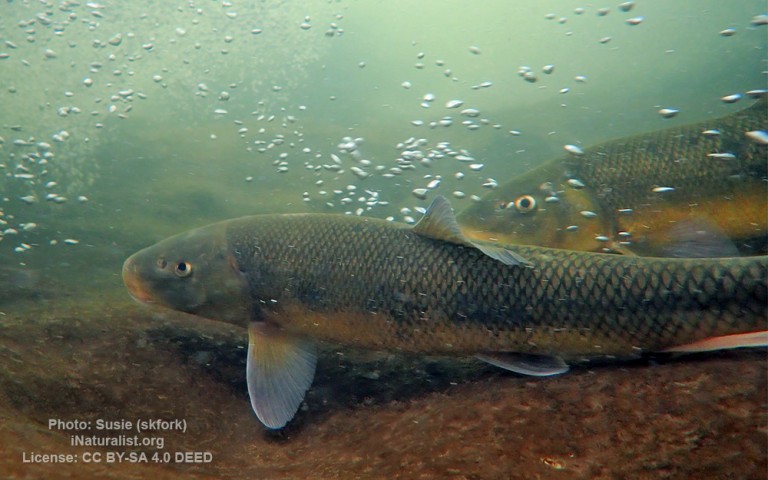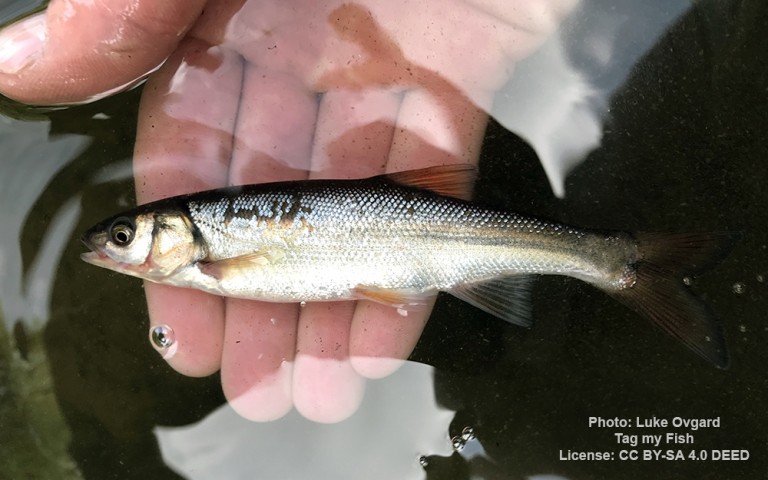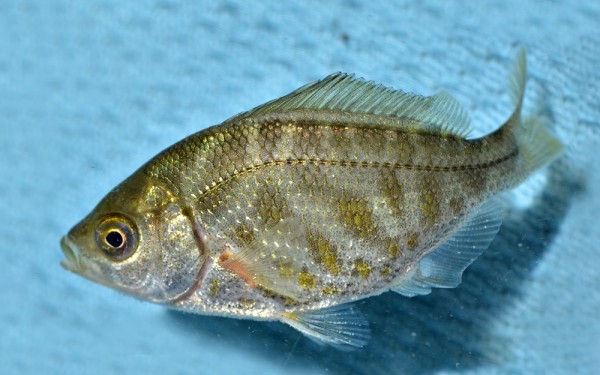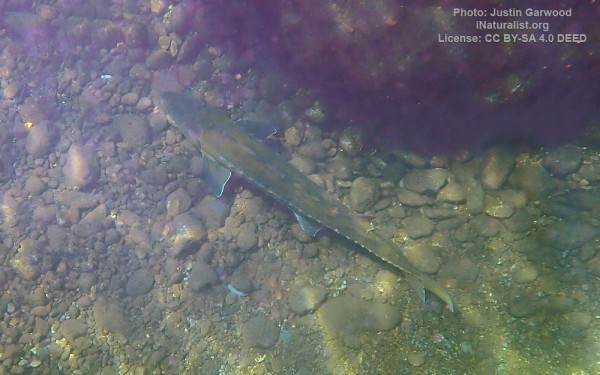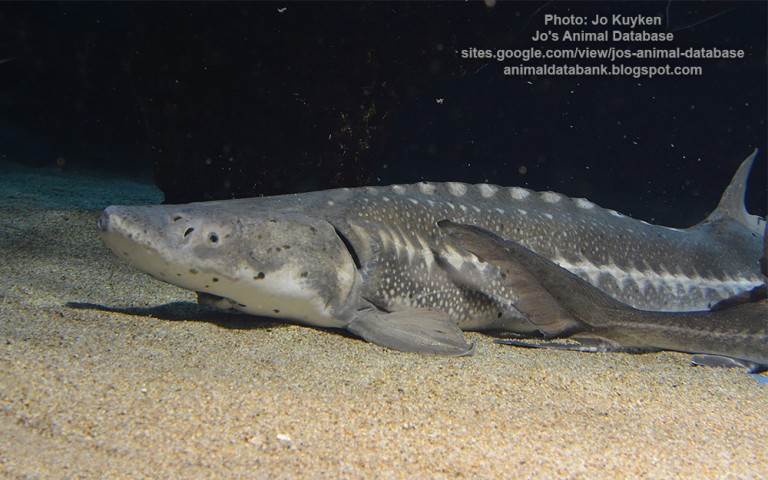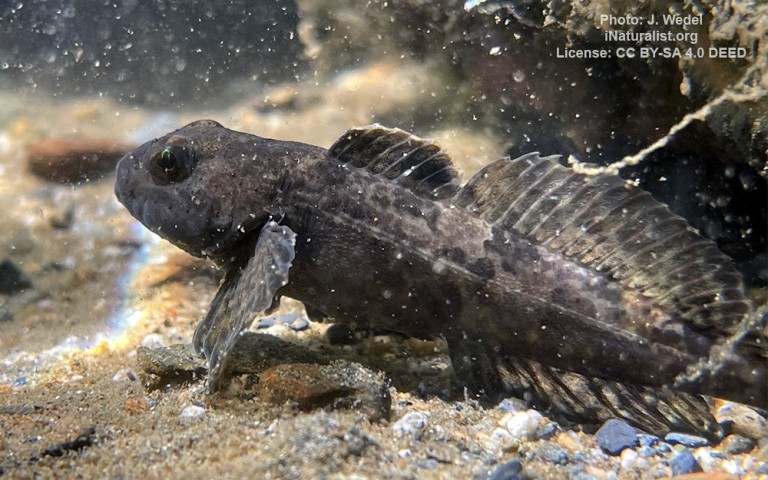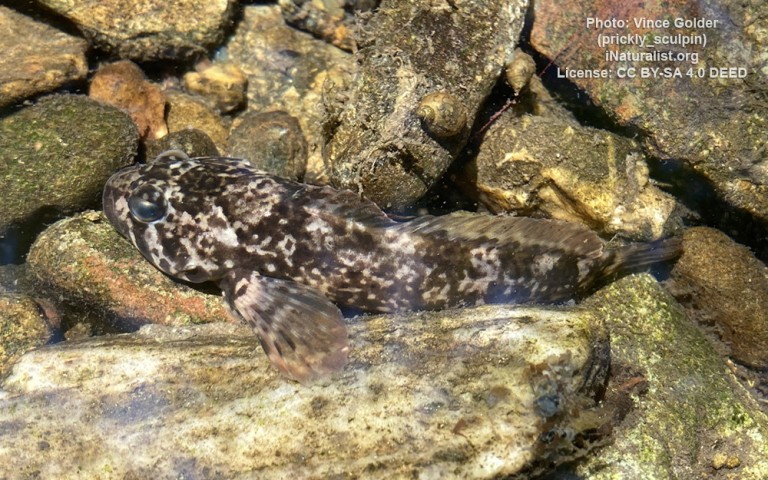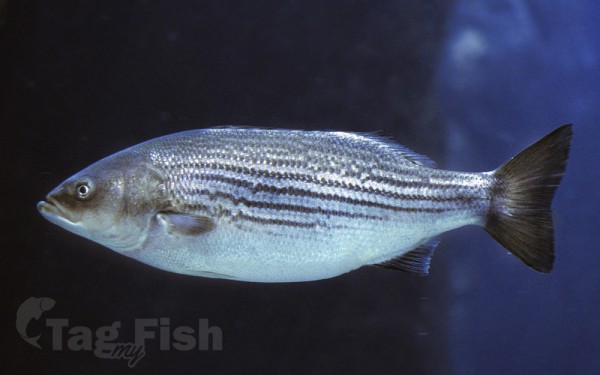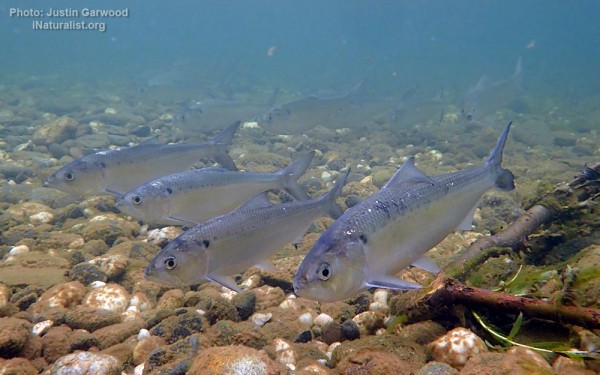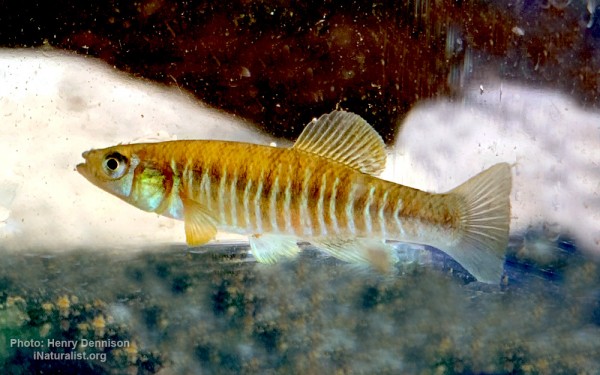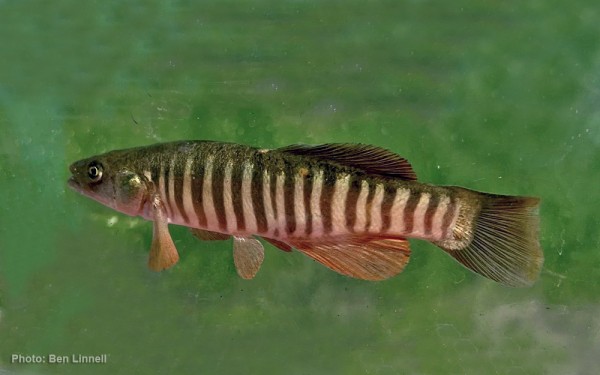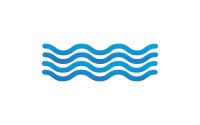Lake Oroville
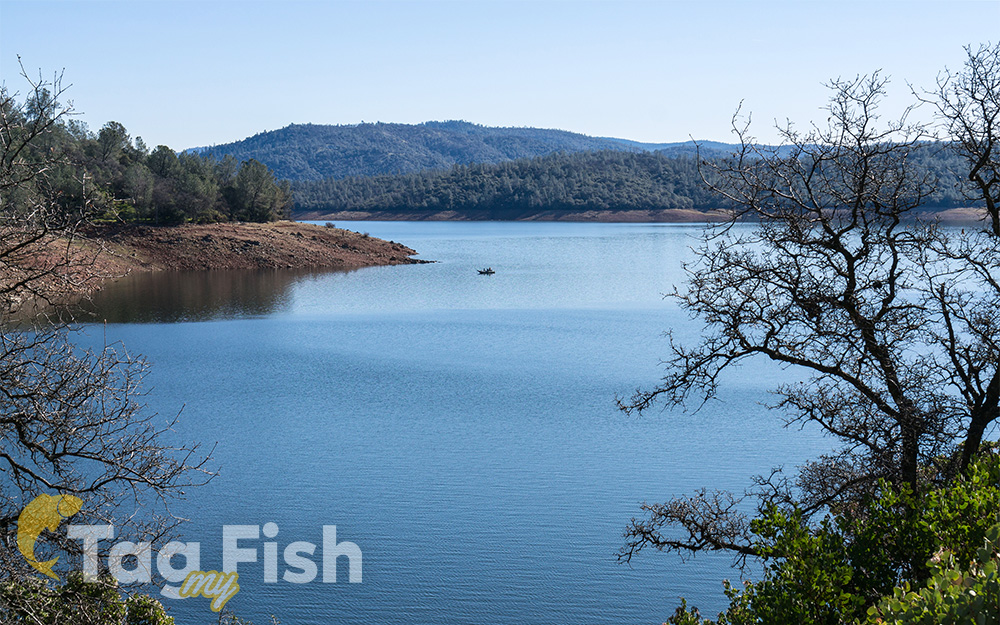
Largest tributaries
Salmoniformes - Salmons and Trouts
Siluriformes - Catfishes
Centrarchiformes - Basses and sunfishes
Cypriniformes - Carps
Salmoniformes - Salmons and Trouts
Siluriformes - Catfishes
Centrarchiformes - Basses and sunfishes
Cypriniformes - Carps
Perciformes - Perches
Acipenseriformes - Sturgeons and Paddlefish
Scorpaeniformes - Mail-cheeked fishes
Moroniformes - Temperate basses
Clupeiformes - Herrings
Cyprinodontiformes - Toothcarps
Salmoniformes - Salmons and Trouts
Siluriformes - Catfishes
Centrarchiformes - Basses and sunfishes
Cypriniformes - Carps
Perciformes - Perches
Acipenseriformes - Sturgeons and Paddlefish
Scorpaeniformes - Mail-cheeked fishes
Moroniformes - Temperate basses
Clupeiformes - Herrings
Cyprinodontiformes - Toothcarps
Lake Oroville, the second-largest reservoir in California, can hold up to 3.5 million acre-feet of water. It plays a crucial role in flood control and is nationally renowned for bass fishing. Additionally, the lake is stocked with coho salmon from the Feather River Fish Hatchery, a key component of the lake’s ecosystem.
Fishing is extremely popular in the Lake Oroville State Recreation Area. People can fish for various species, including largemouth and smallmouth bass, spotted bass, Chinook salmon, catfish, mackinaw trout, sturgeon, white crappie, and brown trout. The largest mackinaw trout caught weighed 19 pounds (8.6 kg), while the largest white crappie was 3 pounds (1.4 kg). Fishing is permitted year-round, but a California sport fishing license is required.
The California Office of Environmental Health Hazard Assessment (OEHHA) has developed a safe eating advisory for Lake Oroville, based on the levels of mercury or PCBs found in fish caught from this water body.
Visitors can rent kayaks, canoes, sailboats, paddleboats, and more at the Forebay Aquatic Center, located at the North Forebay.
Camping is also a popular activity, with options for camping in campgrounds, floating campsites, boat-in campsites, or equestrian campsites.

